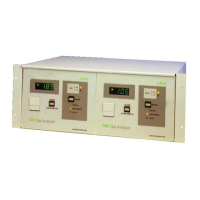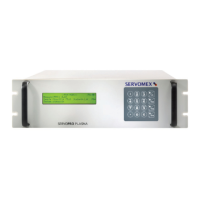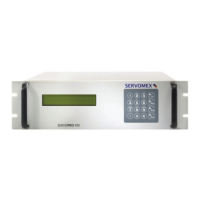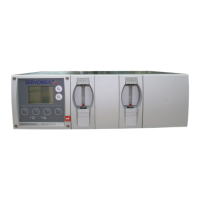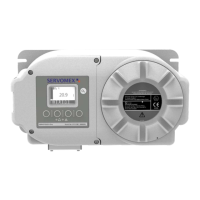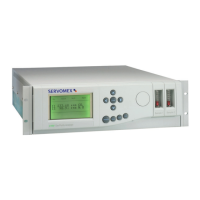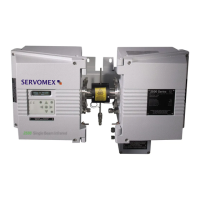3.35
The pressure compensation calibration sequence measures the oxygen level; initially at
atmospheric pressure and then increased by 5% to 10% above atmosphere. From the
resulting values the microprocessor calculates a calibration constant which then applies to all
other oxygen readings.
Since the pressure transducer is very stable, calibration will normally only be necessary at
monthly intervals. The frequency of calibration will depend however on the accuracy of the
oxygen measurement required and to a certain extent the need by the user to ensure that the
analyser is functioning correctly. Subsequent zero and span calibrations do not invalidate
previous pressure compensation calibration.
In the following description it is assumed that fitted to the analyser is a mode 1161 dry gas
sampling system with pressure compensation calibration valve. If this is not fitted then the
general procedure remains the same but the details concerning the sampling system will have
to be modified.
3.11.1 Pressure Compensation Calibration Initiation
1. Check that the pressure compensation option is fitted and the routine enabled.
Press:
DISPLAY ZERO
7
0
If 0.08 70 is displayed, pressure compensation is NOT fitted.
Ensure the pressure compensation valve is open (handle in line with valve body).
2. Calibrate the analyser and leave span gas flowing. The span gas should be either
instrument air, if the sample gas has an oxygen content less than 21% or a gas with a
high oxygen content (usually 100% O
2
) for sample gases greater than 21% In this
example it is assumed 100% O
2
is being used.
3. Display the pressure in the measuring cell, press:
DISPLAY Lo
1
5
The display should show
XXX.XX 15 (where XXX.XX is between 85 and 135)
Make a note of this reading.
4. Set the bypass flow to 1 litre/min and the sample flow to 100ml/min.
5. Enter the password then enter the initial calibration value, press:
SET ZERO
7
Lo Lo
0
ENTER
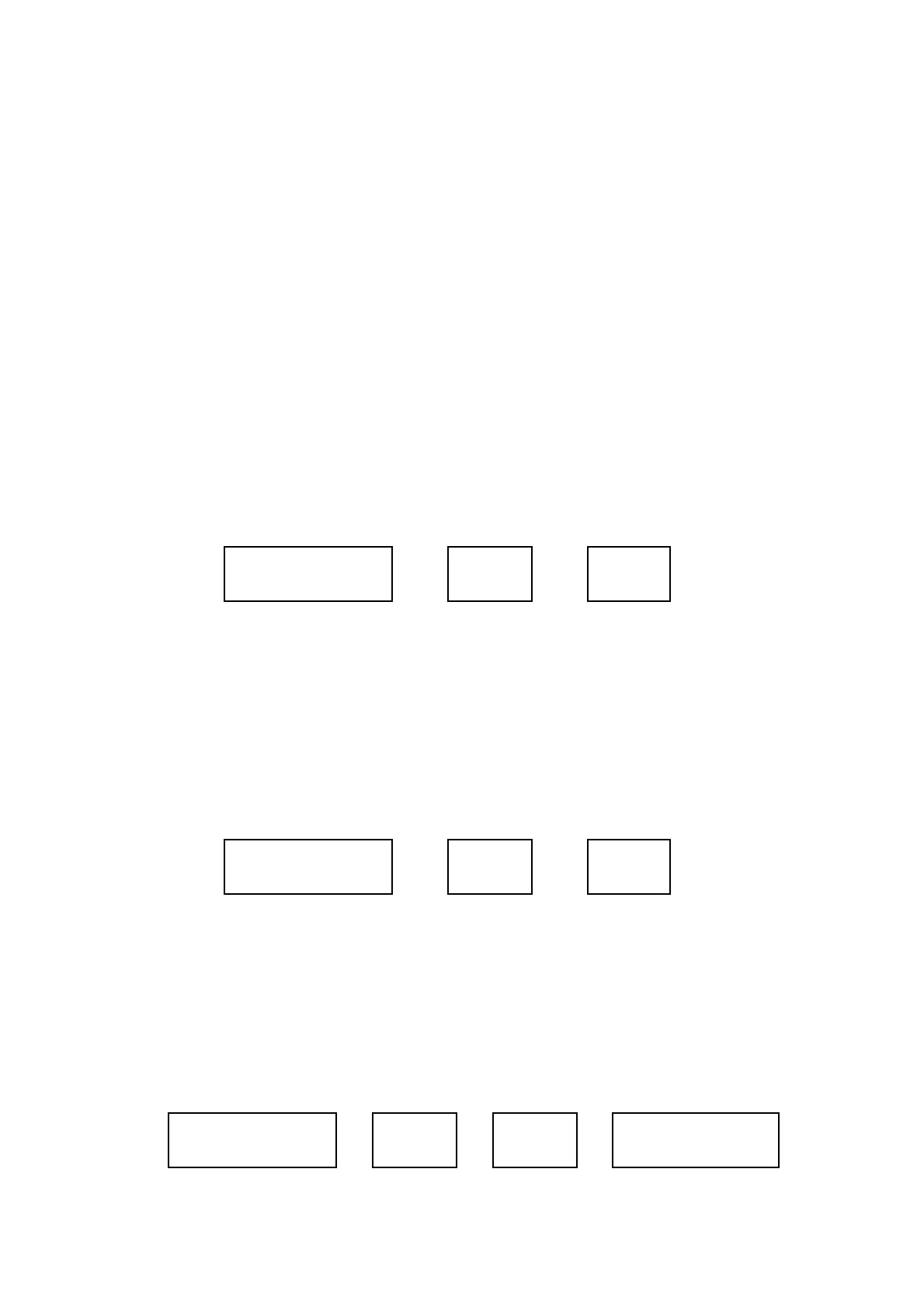